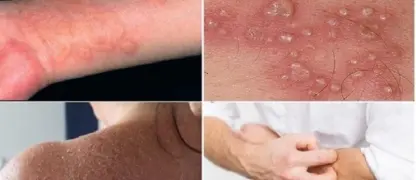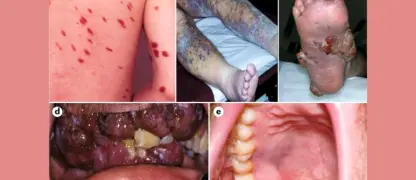Fifth Disease (Erythema infectiosum) is a common viral infection in children. Learn its symptoms, prevention methods, and how to manage it safely at home.
What are the main causes of Fifth Disease (Erythema infectiosum)?
- Fifth Disease is caused by the parvovirus B19, which spreads easily through respiratory droplets from coughing or sneezing.
- Contact with contaminated surfaces or objects can lead to infection, especially in schools or daycare centers.
- Pregnant women and individuals with weakened immune systems are at higher risk of severe complications from infection.
Key symptoms of Fifth Disease (Erythema infectiosum) to watch for
- A distinctive “slapped cheek” rash on the face is one of the most recognizable signs of the disease.
- Mild fever, fatigue, and headache often occur before the appearance of the rash in affected individuals.
- Joint pain or swelling may develop in adults, sometimes lasting several weeks after the initial infection.
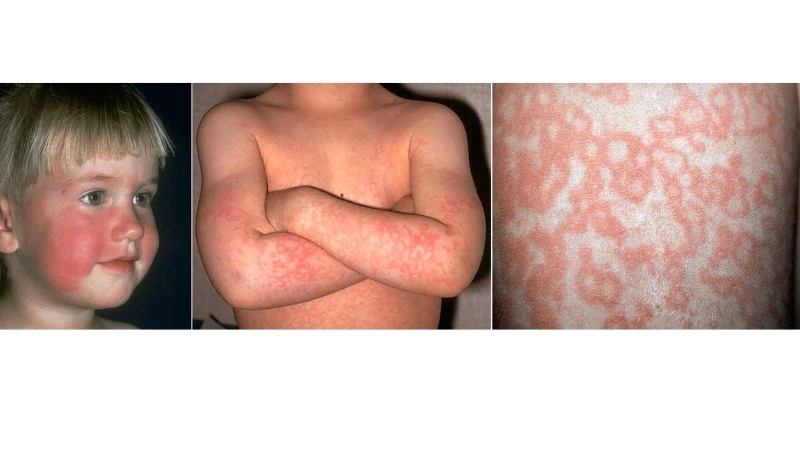
>>>Learn more: Understanding Hand, Foot, and Mouth Disease in Children
How can you prevent Fifth Disease (Erythema infectiosum) effectively?
- Frequent handwashing and maintaining good hygiene are essential to reduce the risk of spreading the virus.
- Avoiding close contact with infected individuals, especially in childcare or school settings, helps prevent transmission.
- Pregnant women and immunocompromised individuals should consult healthcare providers about extra precautions during outbreaks.
>>>Learn more: Mpox (formerly Monkeypox) symptoms and prevention tips
Image description of Fifth Disease (Erythema infectiosum)
Fifth Disease is a common viral illness in children, marked by a bright red rash on the cheeks and mild flu-like symptoms. It is usually mild but requires caution for high-risk groups.





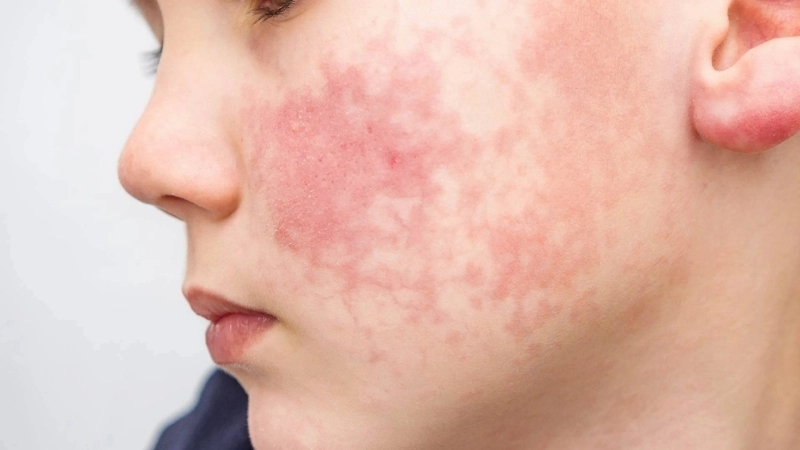
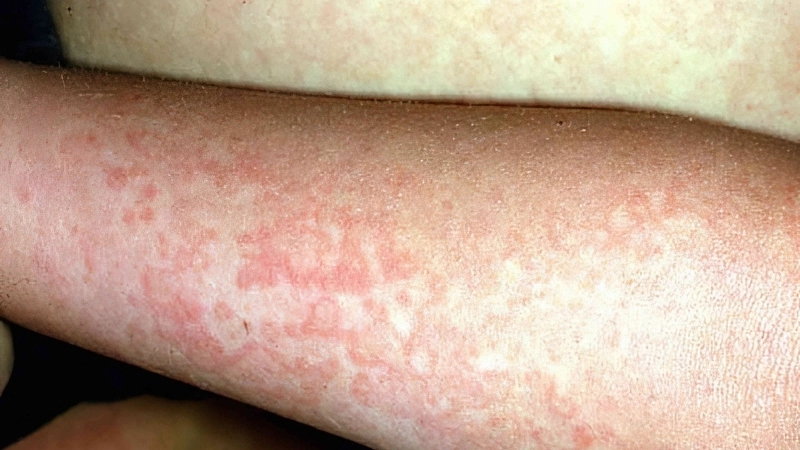

>>>Learn more: Smallpox symptoms causes and prevention you must know
Understanding Fifth Disease (Erythema infectiosum) helps parents act quickly. Monitor symptoms, maintain hygiene, and seek medical care to ensure safe recovery.



